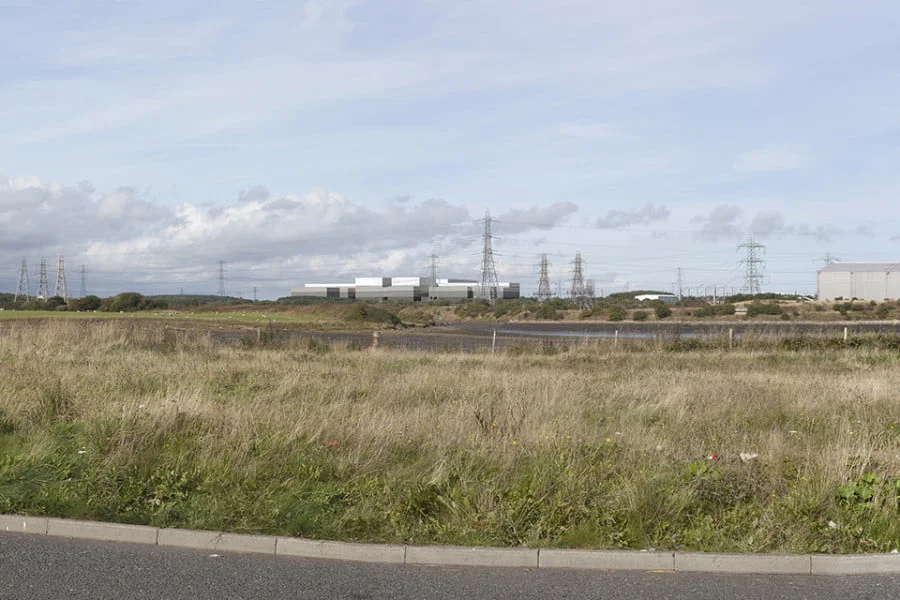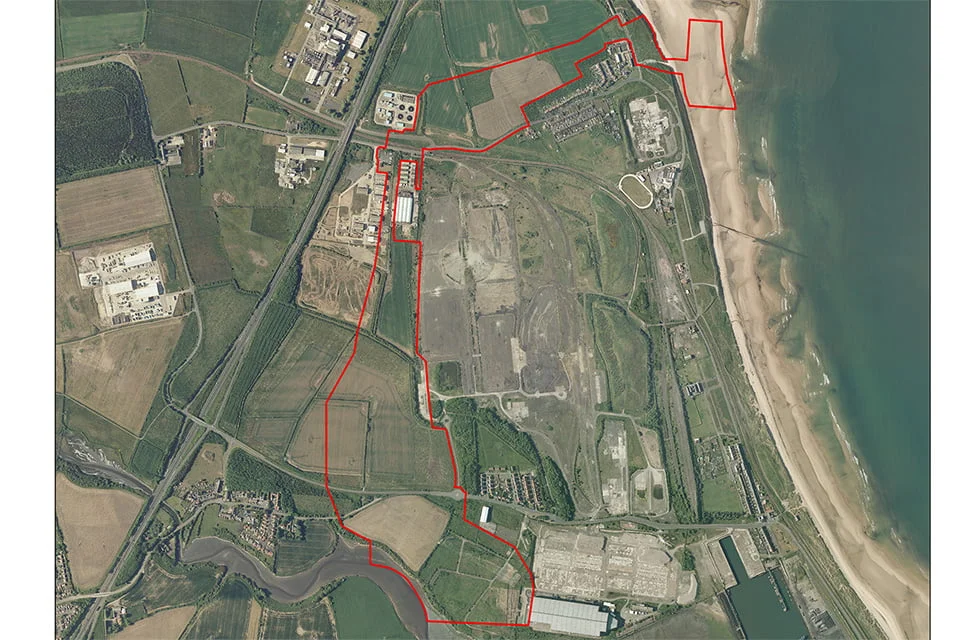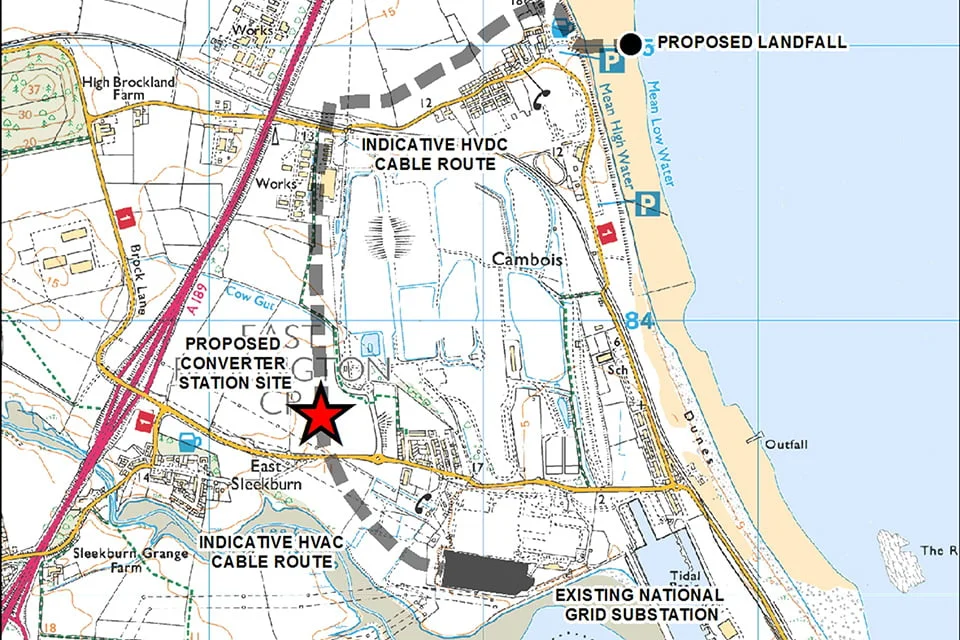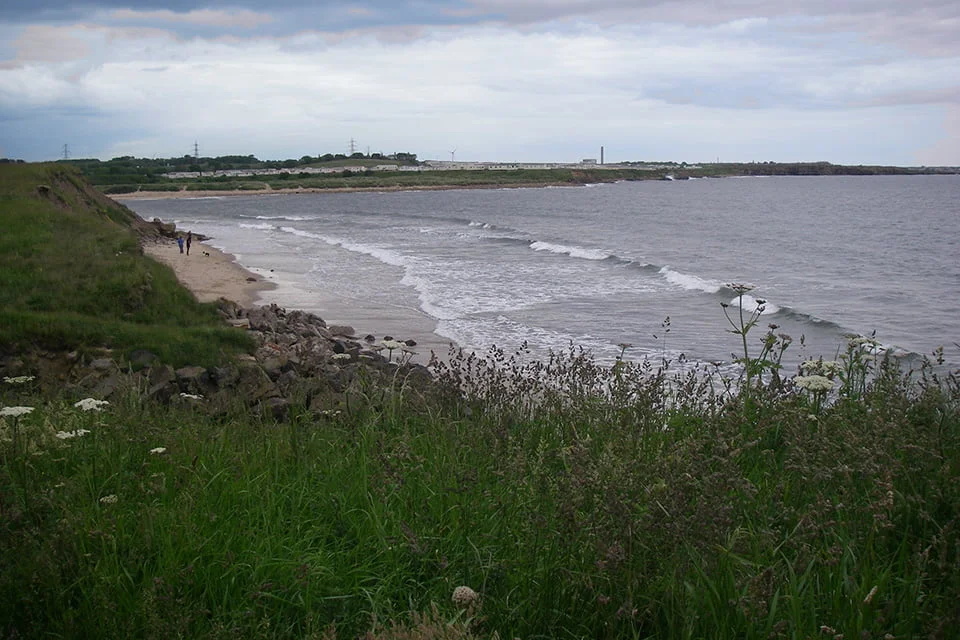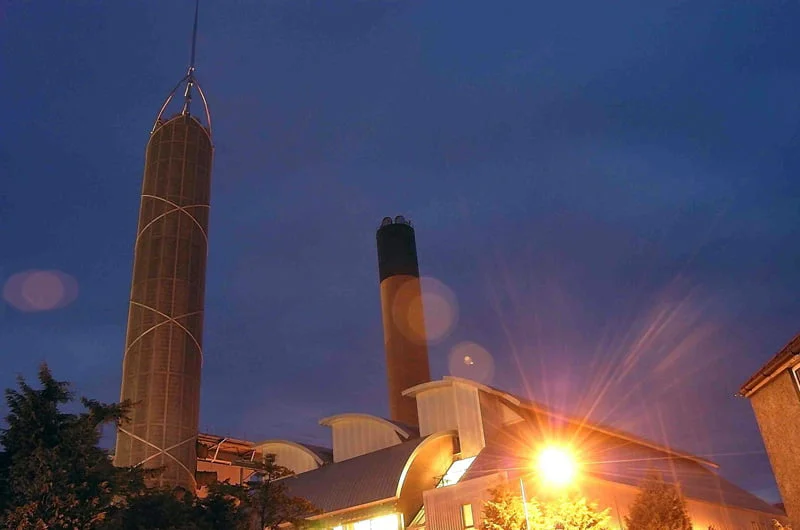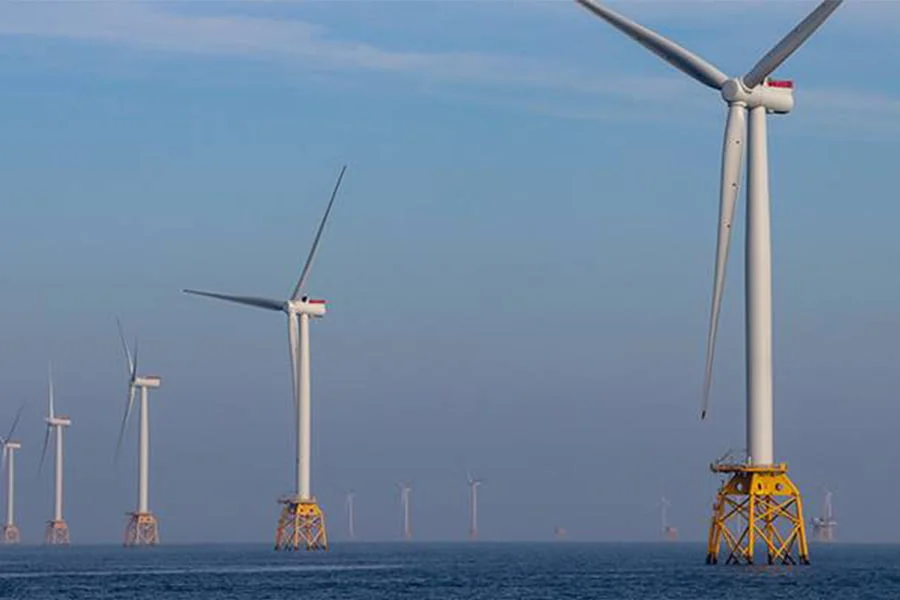TEP was appointed by National Grid to provide planning and environmental services for the onshore elements of the North Sea Link (NSL) project. NSL is a proposed high voltage direct current (HVDC) bi-directional electricity interconnector between Kvilldal in Norway and East Sleekburn in Northumberland. It is a joint venture between National Grid North Sea Link Ltd (part of National Grid Group) and Statnett (the Norwegian Transmission owner and operator) and will enable the UK to access Norwegian hydro power and Norway to access the UK’s wind and other technology power generation.
In the UK, the project comprises high voltage direct current (HVDC) underground cables from the mean low water mark to the converter station; a converter station to convert HVDC to high voltage alternating current (HVAC) and vice versa; and HVAC underground cables to Blyth Substation for connection to the existing HVAC grid system.
TEP carried out high level feasibility studies to consider alternative connection points to the existing electricity transmission system followed by detailed environmental studies and stakeholder consultation to confirm a preferred converter station site and cable routes. Liaison with marine consultants was critical to ensure the environmental effects of the whole project were minimised.
TEP provided planning expertise to the project and co-ordinated the environmental impact assessment. TEP provided specialist services in relation to landscape, ecology and cultural heritage and coordinated sub-consultants to provide technical expertise in transport, noise, hydrology, ground conditions and socio-economics. The Northumberland coastline is designated for its nature conservation interest, notably its importance for several species of wintering bird requiring specialist ornithological survey and close liaison with Natural England.
The EIA concluded that the proposed development would not give rise to any significant adverse long term environmental impacts which could not be mitigated.
TEP prepared the planning application and other supporting documents and the outline planning application was approved in November 2014. TEP’s work continues in assisting with the discharge of reserved matters applications and conditions.


